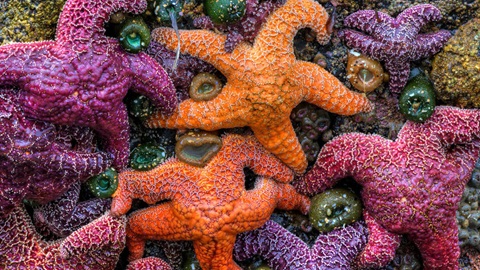New Research Highlights the Importance of Cultural Keystone Species in biocultural stewardship
A recent study conducted by ICTA-UAB and published in the journal People and Nature examines the concept of "cultural keystone species" and its operationalization in biodiversity conservation.

Cultural Keystone Species are those that shape in a major way the cultural identity of a people, framing together cultural and ecological salience in a specific context. However, this concept has had very limited application in biodiversity conservation due to its blurred and prolific definitions.
As part of the research, led by ICTA-UAB researcher Giulia Mattalia, a review of 1,251 English-language publications was conducted, with a detailed analysis of 313 selected publications that mentioned the concept and were published by the end of 2022.
The findings first confirm the absence of a systematic and precise way of documenting cultural keystone species, precluding global cross-cultural comparisons. Additionally, a biased geographical distribution was observed, with 47% of all reported cultural keystone species located in North America. Finally, there was fair acknowledgement of the contributions of cultural keystone species to people (especially in supporting people's identity), but a limited small number of articles describing the contributions of the sociocultural group to the survival and conservation of the associated species.
To contribute to the operationalization of the cultural keystone species concept, two proposals are suggested. Firstly, it is recommended to clearly define them as an indissoluble combination of a non-human species and one or more sociocultural groups. Secondly, it is proposed to acknowledge that the relationships between the species and sociocultural groups should be classified on a continuum rather than a dichotomy, explicitly acknowledging the reciprocal nature of these relationships.
In conclusion, the article advocates for a perspective that integrates biodiversity conservation with cultural diversity, recognizing the interdependence between species and sociocultural groups.
Reference:
Mattalia, G., McAlvay, A., Teixidor-Toneu, I., Lukawiecki, J., Moola, F., Asfaw, Z., Cámara-Leret, R., Díaz, S., Franco, F. M., Halpern, B. S., O’Hara, C., Renard, D., Uprety, Y., Wall, J., Zafra-Calvo, N., & Reyes-García, V. (2024). Cultural keystone species as a tool for bioculturalstewardship. A global review. People and Nature, 00, 1–13. https://doi.org/10.1002/pan3.10653